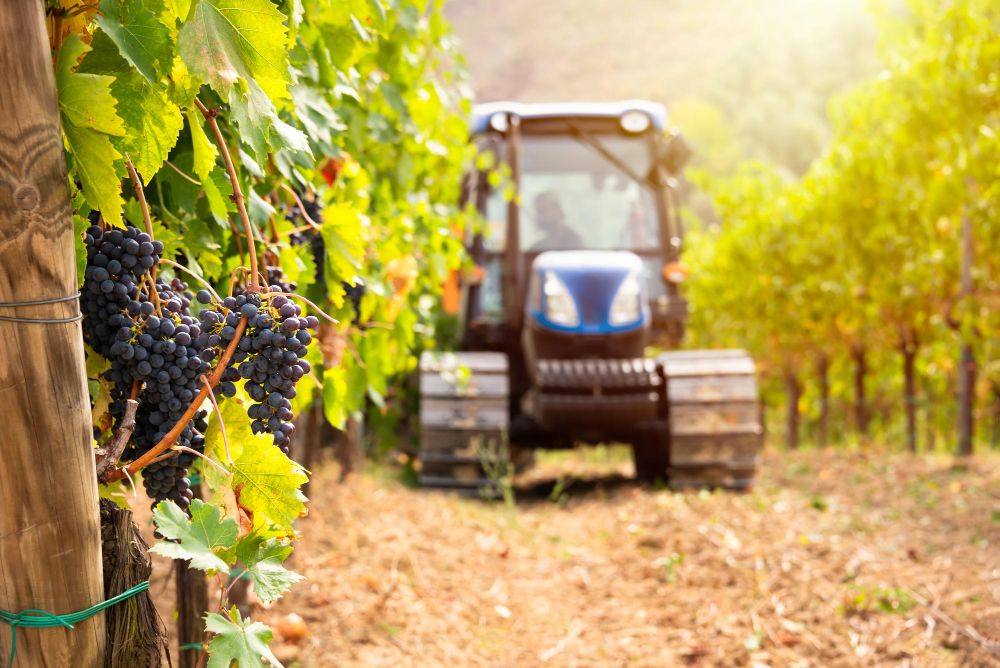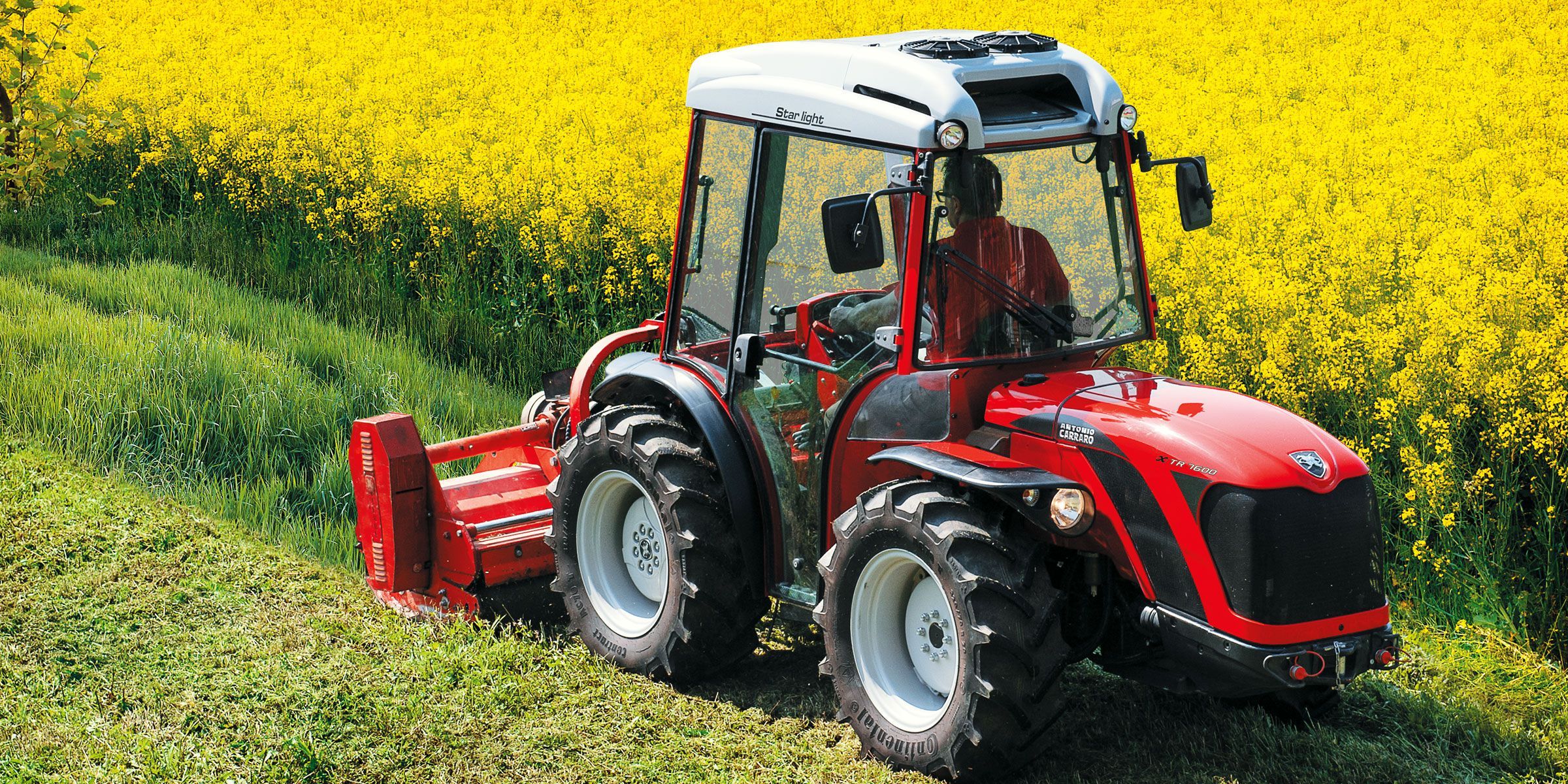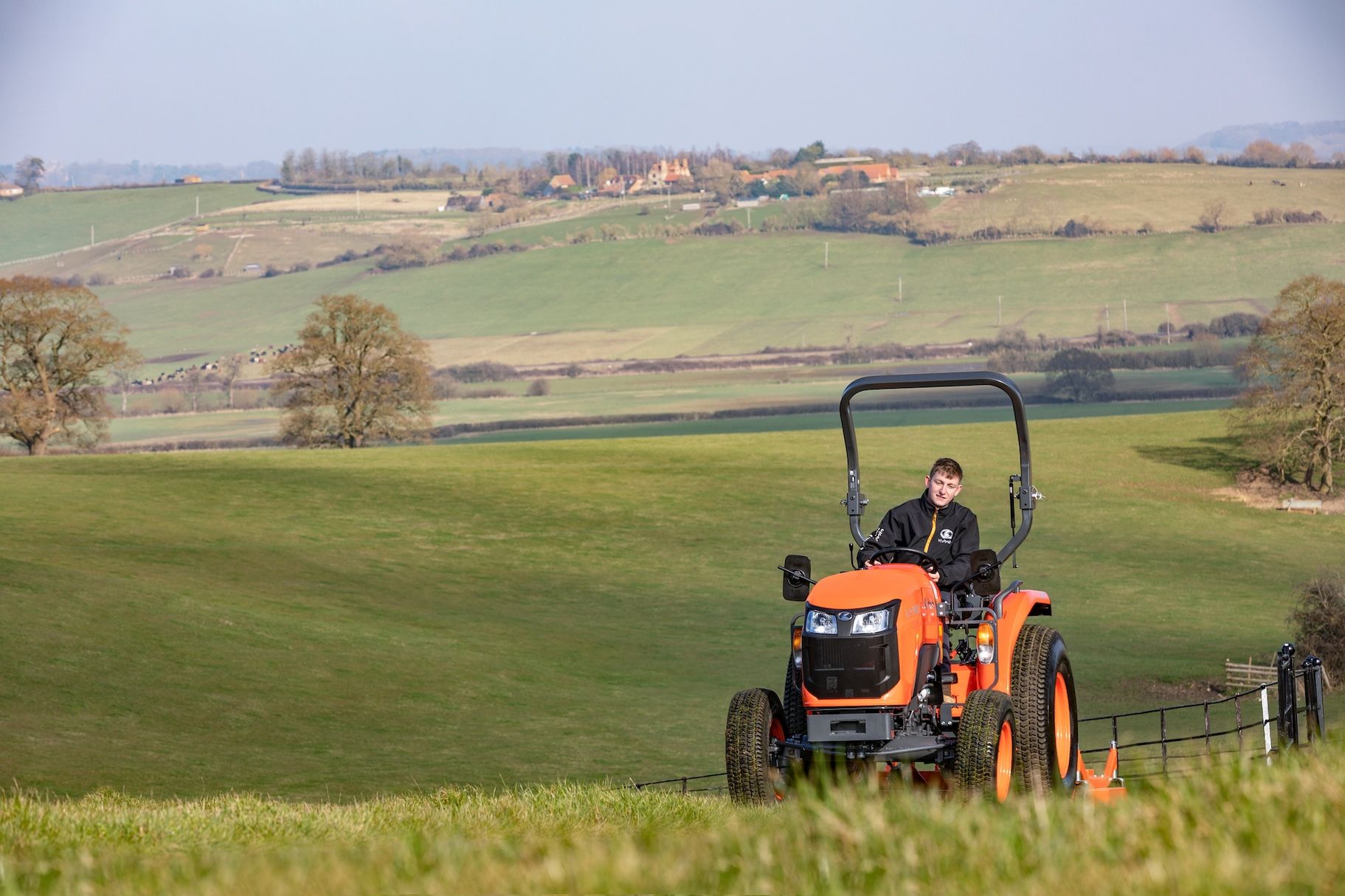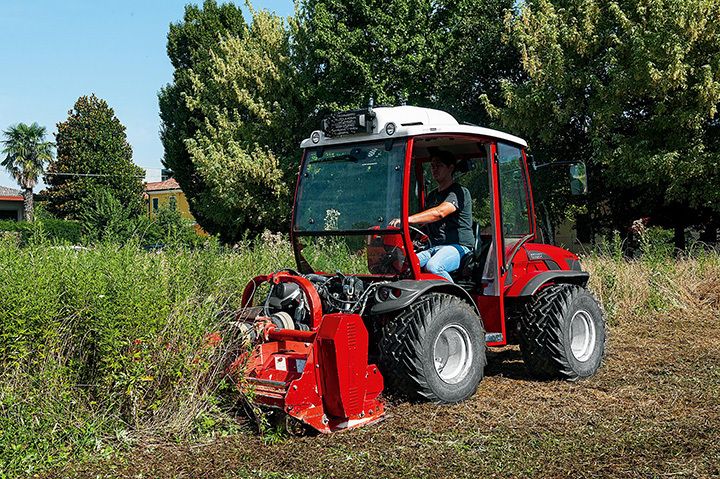
Technology for slopes: Safe on the incline
Alpine regions pose special challenges for agricultural machinery
Steep slopes are both a blessing and a curse for farmers: if they have the right exposure, they are ideal for growing grapes as they absorb more energy from the sunlight. At the same time, however, cultivation is very costly and time-consuming. With less optimal exposure to sunlight, many farmers decide to use their land as grassland, which can be used either for forage or directly for grazing animals. Although cereal cultivation on steep slopes is also possible, it is rarely used in practice due to the high technical effort involved.
Machines for sloping terrain
Agricultural technology for steep slopes often differs from “conventional” agricultural technology. This is mainly due to the challenges that mountainous terrain presents. In particular, the climbing ability and stability of the machines must be ensured in order to enable safe driving on the incline. As a rule, smaller machines with a low center of gravity have proven their worth here. However, the attachments must also be suitable for use on the steep slope: Machines that are too large or heavy could lead to a dangerous drift towards the valley. The right safety equipment on the slope is also crucial in order to avoid worse should the worst happen.
What features characterize machines for sloping terrain?
Machines that are used on slopes must meet different requirements than those used in traditional field cultivation. The high gradient creates a significant risk of tipping or slipping on slopes, especially when working with large and heavy machines. For this reason, somewhat smaller and lighter machines with a low center of gravity and optimal weight distribution are generally used in mountain farming.
Newer machines for farming on slopes also have modern safety features. These primarily include an enclosed safety cab, but also automatic compensation of the slope drift of attachments or an emergency stop device.
Which tractors are suitable for slopes?
When it comes to tractors in particular, the differences between a conventional agricultural tractor and a machine that has been specially developed for steep slopes are obvious at first glance. These are generally much smaller and more compact, which means that they are not only better designed for working in row crops, but also have a lower center of gravity. This significantly reduces the risk of the tractor tipping over dangerously on steep slopes.
There are also some design features that are often used on tractors for high-altitude work. One of these features is four tires of the same size, which also has a positive effect on the tractor's centre of gravity and climbing power. On particularly steep slopes, tracked tractors are also often used, as they have particularly high traction. Articulated tractors are also often found on steep slopes, as they also have a higher climbing ability.



